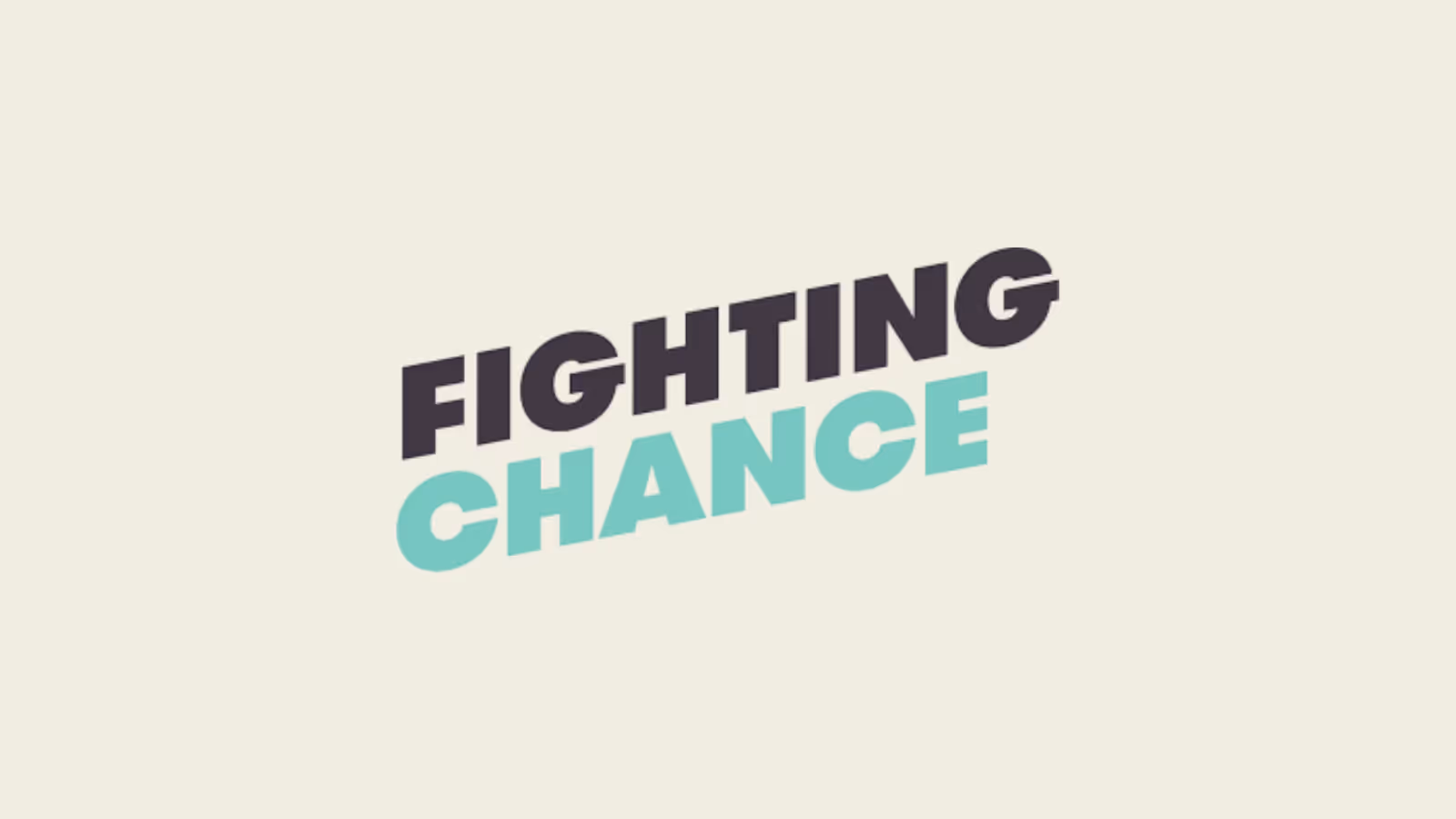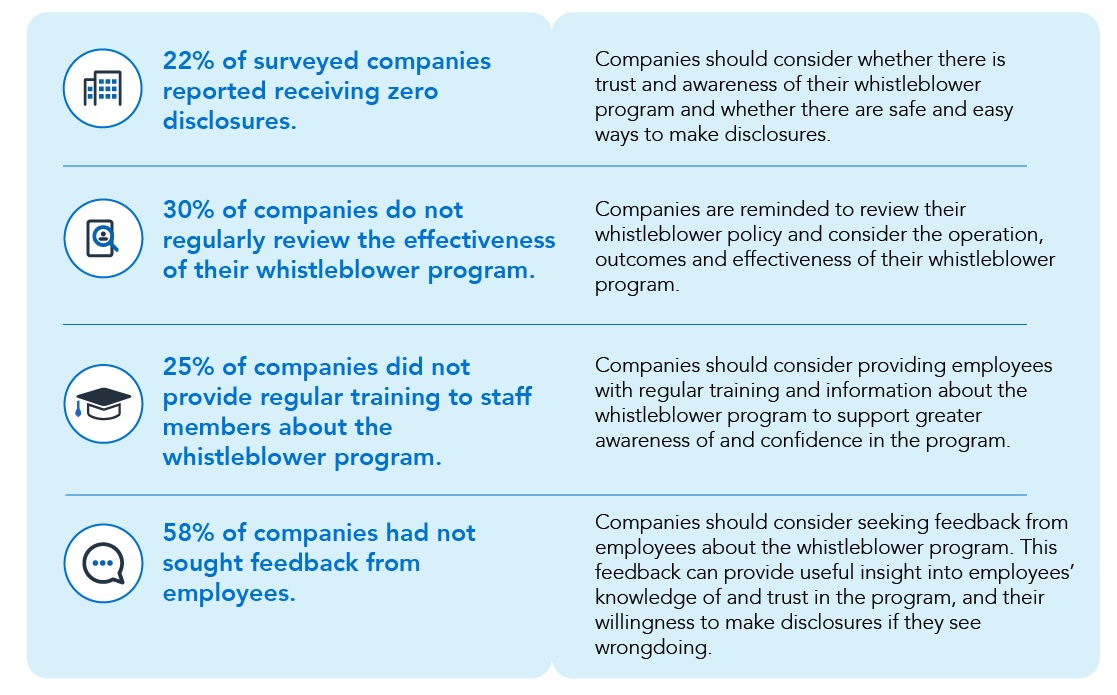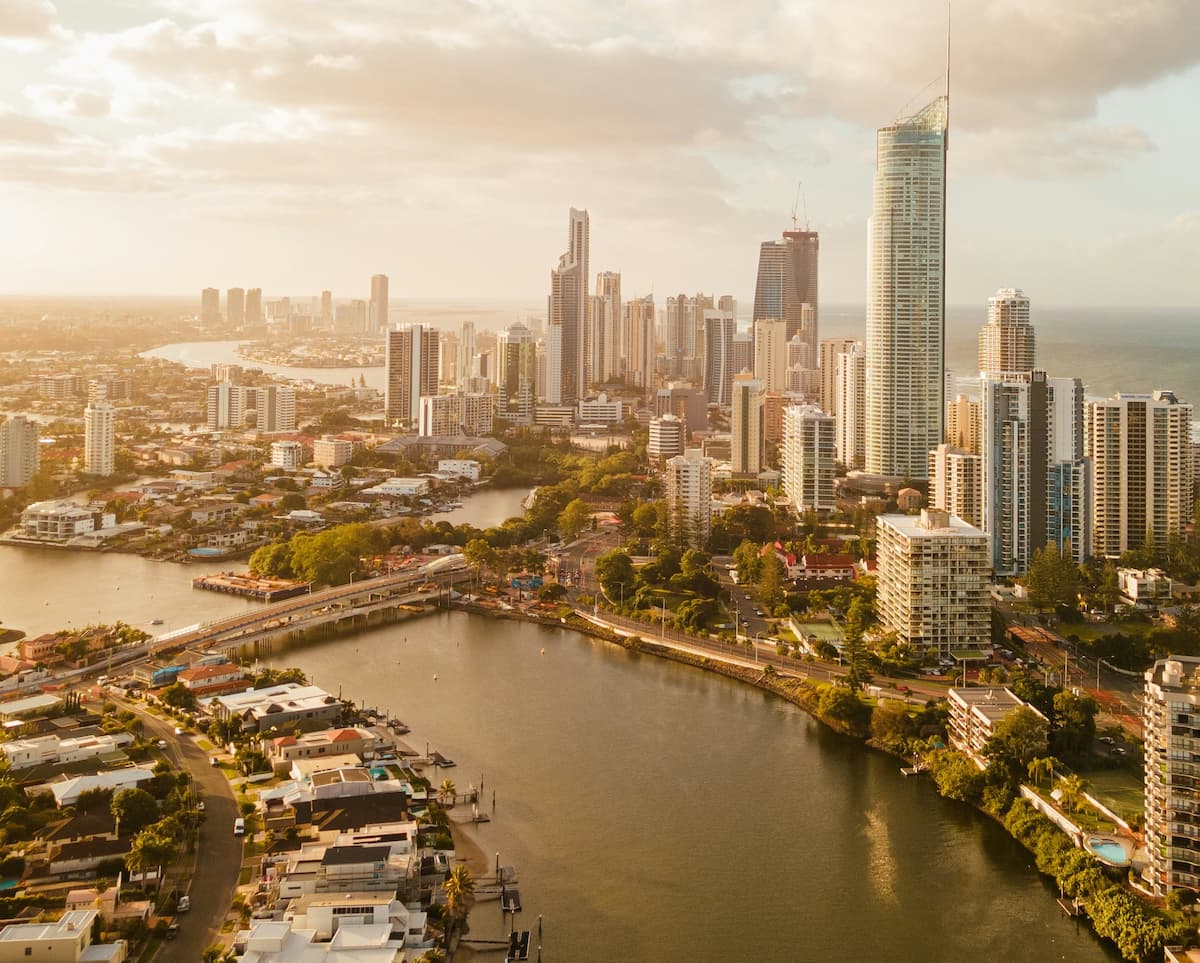The Cost Of Mental Health In The Workplace
Poor mental health costs businesses—learn the financial and human impacts.

The Rising Costs of Psychological Injury in the Workplace
Psychological injuries in the workplace are a significant issue that can lead to severe consequences for both employees and employers. These injuries, which include conditions like anxiety, depression, and stress-related disorders, stem from various workplace factors such as bullying, harassment, excessive workload, and poor job design.
The costs to individuals and business are only projected to increase over the next decade, so businesses must act proactively to ensure the safety of their staff against a variety of these psychosocial hazards.
Over the last decade workers compensation claims for psychological injuries have risen by 43%, with the costs of these claims having significant long-term impacts on both businesses and individuals.
Mental health conditions in the workplace are often stigmatised, which can make it difficult for individuals to seek help and get the treatment they need at the right time, delays in accessing support often mean longer recovery time due to the severity of the symptoms. This is especially true for certain industries, for example mental health in construction suffers from higher stigma at much higher rates.
Mental health conditions are often more complex and may take longer to diagnose and treat than physical health conditions. It can also be difficult to disentangle mental health issues caused by work or the working environment with mental health concerns more broadly.
The Cost to Businesses
The financial impact of psychological injuries on businesses is substantial. Employers face direct costs such as workers’ compensation claims, legal fees, and increased insurance premiums. Indirect costs include decreased productivity, higher absenteeism, and turnover rates.
Financial modelling shows that mental health related claims could double by 2030, and under the high growth scenario they could nearly triple. Given the likely impacts of COVID-related disruptions, job instability and working-from-home it is possible growth rates may increase further.
Mental Health Compensation Projections, CEDA 2022
Median compensation costs per claim for mental health conditions grew from $14,300 in 2000-01 to $45,900 in 2018-19. If recent trends continue, median costs per claim could triple in real terms by 2030.
Cost of claims
- According to Safe Work Australia, the average cost of a workers compensation claim is $45,900 for mental health-related incidents, which is 5 times the average cost of physical injury claims.
- The overall economic burden on Australian businesses is estimated to be billions of dollars annually. In New South Wales specifically, the cost of psychologically unsafe workplaces is approximately $2.8 billion. This estimate only accounts for workers compensation claims, absenteeism, and presenteeism.
These costs are also excarcebated in industries with a higher prevalence of mental health issues, such as the construction industry. Find out more about mental health statistics in construction.
Time off work
- According to Safe Work Australia, psychological injuries account for around 6% of workers’ compensation claims, yet they result in significantly longer time off work compared to physical injuries.
- ABS reported that the injuries or illnesses that had the highest average number of days off were Stress or other mental health conditions – 44 days off.
Prevalence
- According to the ABS work related injuries report psychological injuries have been increasing, with a 36.9% increase since 2017-18 of all serious workers compensation claims.
- The ABS 2018 report highlighted that 5.6% of workers who experienced a work-related injury or illness reported a mental health condition, and in 2021/22 data that figure rose to 6.8%
- Safe Work Australia’s reported in 2023/24 in terms of types of mental health conditions, anxiety/stress disorders are the most common at 45.8%.
Emerging Trends
- Safe Work Australia data shows that in 2022/ 2023 workplace harassment or bullying was the leading cause (27.5%), followed by work pressure (25.2%) and workplace violence (16.4%).
- Health care and social assistance has the highest number of claims (25%) and reports lower employee satisfaction in several areas.
- Public Administration and Safety and Education and Training have the greatest increases in claims since 2017-18.
- Health Care, Manufacturing, and Wholesale/Retail Trade have the highest prevalence of workplace bullying claims.
Find out more about bullying as a psychosocial hazard in the workplace.
Impact on workers
- Time off work with a psychological injury is over three times that of a physical injury.
- Workers with claims for mental health conditions experienced poorer return to work outcomes and were more likely to experience stigma from colleagues and their employers.
- The return to work rate for people with mental health condition claims was 79.1% compared to 91.6% for all injuries. 44.5% of those returning to work required additional time off.
Summary
Psychological injuries in the workplace, are a growing concern with significant impacts on both employees and employers. Emerging trends show an increase in workplace harassment, work pressure, and workplace violence over the next years.
Proactive steps like undertaking psychosocial risk assessments, as well as implementing stronger steps to identify psychosocial hazards are key to mitigating risks of poor outcomes. There is an imperative for businesses to act now to prevent harm to workers and to manage the economic costs of psychological injury.
Combining EAP & Psychosocial Hazard Management
The impact of psychosocial hazards can be significant and can lead to a range of negative outcomes, such as decreased job satisfaction, increased absenteeism and turnover, and reduced productivity.
It is required under the legislation for employers to identify, assess control and review these hazards. Foremind allows you to do this in the one place so that you can easily report on what you are doing as required.
Learn more about Psychosocial Hazards Compliance

Hello 👋 I’m Joel the founder of Foremind.
Are you ready for simplified support & compliance?
Latest insights
Answers to the frequently asked questions.
Still have questions?
Email us at enquiries@foremind.com.au and we'll get back to you quickly with a response
Yes, we have culturally competent counsellors available, including those able to work with first nation and CALD employees.
Onshore on secure AWS Servers in Sydney Australia. All data is encrypted in transit and at rest and our entire team is located in Australia.
Employees can access our platform on any device (mobile, laptop, desktop, etc.) as long you have the website link - no need to download any app on devices. You wouldn’t need to enrol any of your staff individually.- When we do our onboarding, we ask for the first name, last name and email of all your employees, and send out an email invite to all them which will allow them to create their own individual account to access the platform. For new staff we can also invite them or provide you with a unique link to embed in your onboarding process, whichever is more convenient for you. We also kick things off with a launch webinar or video to make sure everyone is aware of Foremind and how to use it. We’ll also provide you with any collateral such as posters, QR codes, brochures etc. to help drive awareness and encourage people to create an account in the platform.
The support line is answered by our reception service 24/7. It is for urgent platform or session-related issues only (e.g. *“My counsellor didn’t show”*) or helping staff create an account.






